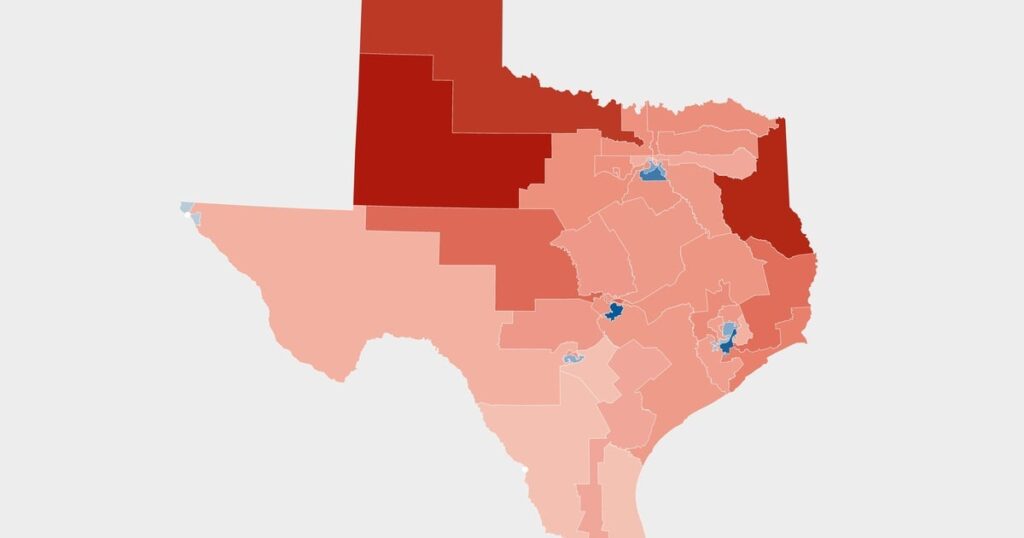Redistricting Battles Heat Up in Texas and California
On September 2, 2025, Texas Governor Greg Abbott officially enacted legislation to redraw the state’s congressional district lines, a move that has attracted considerable national scrutiny. This decision has intensified the ongoing redistricting struggles, prompting California Governor Gavin Newsom to initiate measures aimed at reshaping his state’s districts to better serve Democrats.
Following the lead of Texas and California, Missouri’s Republican Governor Mike Kehoe announced that he would assemble the state’s Legislature on September 3 to consider similar congressional redistricting efforts. With eight congressional seats currently, two of which are held by Democrats, Missouri is poised to follow suit in aligning its district maps in favor of Republican interests.
Legal Challenges and Political Maneuvering
While the Texas congressional maps can be established with merely the approval of the Legislature and the governor, civil rights organizations have already intervened, alleging that the newly drawn maps demonstrate racial bias. The redistricting efforts initiated in 2021 are still entangled in legal disputes.
Conversely, California’s redistricting efforts must adhere to voter approval before implementation. Recently, both chambers of California’s legislature endorsed Proposition 50, which will be presented to voters on November 4. This proposition aims to revamp the state’s congressional districts. However, challenges have arisen from California Republicans, who argue that Democrats bypassed a crucial 30-day public review period for new legislation. Nonetheless, the state Supreme Court dismissed this challenge on August 27, allowing the proposal to proceed.
The Context of Mid-Decade Redistricting
Typically, congressional district boundaries are redrawn following the decennial U.S. Census, reflecting population trends. However, the current efforts have been fueled by a unique mid-decade initiative initiated by former President Trump in July, as Republicans aim to fortify or expand their narrow majority in Congress leading up to the 2026 midterms. Historically, midterm elections usually act as a referendum against the current administration.
Governor Abbott has aligned with Trump, asserting that the Republican Party could potentially gain five additional congressional seats based on Texas’s voting patterns in 2024. However, the initial attempts in the Texas legislature faced significant resistance when Democrats fled the state in an attempt to block quorum during the special session. After eventually returning, the Democrats succeeded in drawing national attention to the issue, prompting renewed discussions in other states about redistricting.
Redistricting Strategy Overview
| State | Current Congressional Seats | Republican Seats | Democratic Seats |
|---|---|---|---|
| Texas | 38 | 25 | 13 |
| California | 52 | 9 | 43 |
| Missouri | 8 | 6 | 2 |
As political parties exert efforts to reshape their respective congressional districts for electoral advantages, the outcome remains uncertain. Kareem Crayton of the Brennan Center for Justice remarked on the unpredictability of current voter behavior, asserting that past trends may not hold true in this dynamically evolving political landscape.
With varied legal battles underway and strategies being developed across the nation, the implications of these redistricting moves could dramatically affect party dynamics in upcoming elections.


